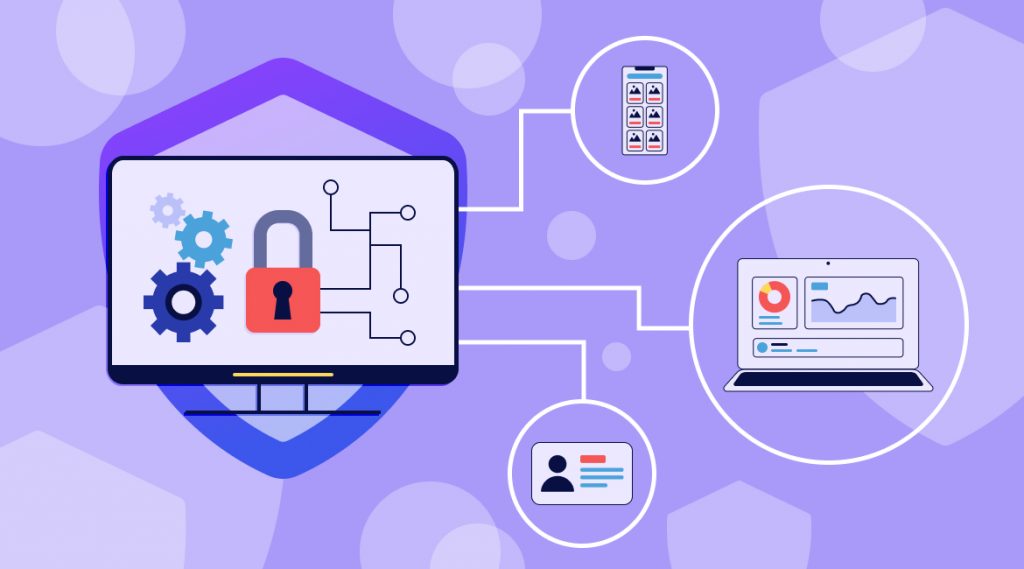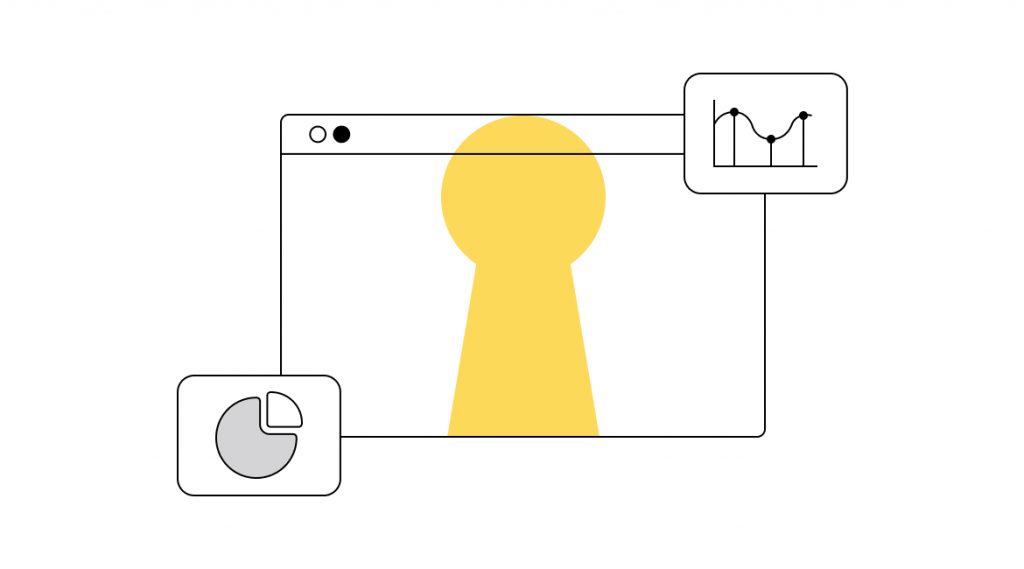Contents
Over the years, software deployment and development have changed dramatically. A traditional operation had only one or two major releases per year, and deployments were manually carried out over a large scale. The pace of releases has increased significantly over the past few years. Some organizations release once every few weeks, and mature ones use automated deployment multiple times per day. What do they do to accomplish this? DevOps!
Using IT Outposts’ DevSecOps consulting services, we provide tips on how to get started implementing DevOps security and help you learn how you can start shifting your organization towards a DevOps culture.
For those who are unaware, the DevOps movement comes down to the following aspects:
- Culture: The ability to work together with minimal barriers, collaborate more effectively, and be more agile. Cultural transformation is underway!
- Automation: Eliminates error-prone manual work, promotes consistency, avoids defects, and enables self-service.
- Measurement: Continual improvement is at the heart of the movement. When you can’t measure improvement, how can you tell if you’ve improved?
- Sharing: Share the tools, discoveries, and lessons learned.
To improve efficiency, quality, and cost savings in software delivery, development and operations teams learned how to work together to deliver features and functions faster.
Research further: Best DevOps Automation Tools
What are the reasons for not involving security? DevOps agility was hindered by traditional security methods. Data breaches and security incidents are making headlines every day. While maintaining the pace of delivery, organizations also aim to reduce their reputational risk. It’s time to introduce DevSecOps (or SecDevOps, or Rugged DevOps, or whatever term you prefer)!
DevSecOps: What is it?

Are DevSecOps integrating security into DevOps? The style is similar to DevOps in that security is a “shared responsibility” — it is automated and decisions are made at scale with speed.
However, this rapid development method can introduce security flaws if appropriate security processes and thinking are not integrated.
Software development must be aligned with security activities. If not:
- There will be a decline in quality
- Costs will increase
- Breach risks are higher for applications and data.
A common question we get is about integrating security into DevOps culture successfully. It is in the interest of those that understand the need for security to know how to introduce it into their teams. You can get started by following these tips:
- A new security mindset is needed
- Stakeholder buy-in is essential
- Implement security as code
- React and respond promptly.
New Security Mindset
For a long time, security teams believed that developers had no interest in security. On the same token, security teams generally believed that developers did not consider security to be their responsibility. A survey from Sonatype in 2017 indicates that 50 percent of developers are aware of the importance of security, but aren’t spending enough time on it. What is the reason? Priorities such as user experience enhancements and app performance enhancements are on developers’ minds. In the rush to meet deadlines, features are delivered quickly, and security is viewed as an irrelevant requirement. What can we do to prioritize it?
Knowledge sharing
Security and development teams need to learn from each other if security is to be given higher priority. A security professional must become familiar with the software development process and issues that developers face. If you want developers to do the right thing when it comes to security, you should work with them to come up with appropriate solutions.
Cooperate and communicate
Communication and collaboration improve as a result of the DevOps culture, as discussed earlier. What’s the best way to do that? One of the reasons for this is that everyone is using the same tools. Slack is our company’s messaging interface, and all teams have public channels, including the security team. The goal is to offer a centralized forum where people can ask questions about security and also have an ongoing, open dialogue. While also being able to join other teams’ channels, the security team can see what they’re working on and offer assistance. Our weekly office hours also provide the opportunity for people to ask questions and receive advice.
By implementing DevOps, we aim to eliminate silos and make security a shared responsibility. As agile teams have taken ownership of user experience, reliability, and performance, they now need to take ownership of security. With IT Outposts, we believe in the ownership principle. We make it easier to assume ownership of security by fostering open communication and collaboration.
Implement training programs
Security best practices are rarely taught to developers. Further, only one of the 36 top undergraduate computer science programs in the U.S. requires students to pass a cybersecurity course to graduate. In a situation like this, engineers do not consider security throughout the design, coding, and testing process. We need to train them to change this.
At IT Outposts, we handle security training internally. As a result of our training, the engineers are more aware of security. Security is no longer an afterthought, although more learning is still needed.
Keep exploring: AWS Security best practices
Hire a team of DevOps engineers with IT Outposts
Contact UsStakeholder Buy-In Is Essential
Security becomes a top priority in your agile team when executive stakeholders buy-in and help foster a culture where security is highly valued and prioritized.
Getting buy-in for software security can be accomplished by making a case for its importance. There are numerous security incidents reported every week, making it a good point to highlight the importance of security.
Implement Security As Code
When it comes to DevOps and security integration, automation is key. To achieve continuous delivery and to handle security at scale, the manual gating has to be removed. You should script security and compliance as available services, build them into your pipeline, and train them to enforce the policies that were developed.
We have to ensure that the process flows smoothly while minimizing potential risks. We should make decisions in a way that makes the developer’s life easier while providing businesses with the confidence they need to make the right security decisions. These tests should be fast and accurate, with easy access to the results for development teams when monitoring software composition analysis for vulnerable components.
React and Respond Promptly

It would be nice to say that each release is 100 percent secure and that uptime is always 100%, but that isn’t the reality. In a DevSecOps environment, you take all reasonable steps to minimize risk and ensure that the platform you are deploying is safe, stable, and reliable. However, there will always be issues. Do you have any plans for how you will deal with them?
IT Outposts team adopts a reactive and responsive perspective when analyzing how they work from a SecOps perspective. What are the fastest and easiest ways that you can identify that an event has occurred or that a resource has fallen out of compliance, and what are the fastest and easiest ways for you to remediate the issue? As a result, risks can be reduced further and cost savings realized. As a part of your feedback loop, your SecOps should provide you insight into your processes. It is essential to remember that DevSecOps should always be an iterative process of improvement and learning.
Conclusion
Our goal is to provide you with tips to successfully transition to DevOps culturally and integrate security into your process efficiently. Using them as guidelines encourages collaboration and communication among teams involved in security, development, and operations. The tips listed below are intended as a starting point to help you formally develop your process for bridging the DevOps gap with security.
Whether you need DevOps services or have questions about how buy-in security can be incorporated into the DevOps world, contact us. We offer full-cycle DevOps services helping improve operations and reduce costs for clients.

I am an IT professional with over 10 years of experience. My career trajectory is closely tied to strategic business development, sales expansion, and the structuring of marketing strategies.
Throughout my journey, I have successfully executed and applied numerous strategic approaches that have driven business growth and fortified competitive positions. An integral part of my experience lies in effective business process management, which, in turn, facilitated the adept coordination of cross-functional teams and the attainment of remarkable outcomes.
I take pride in my contributions to the IT sector’s advancement and look forward to exchanging experiences and ideas with professionals who share my passion for innovation and success.